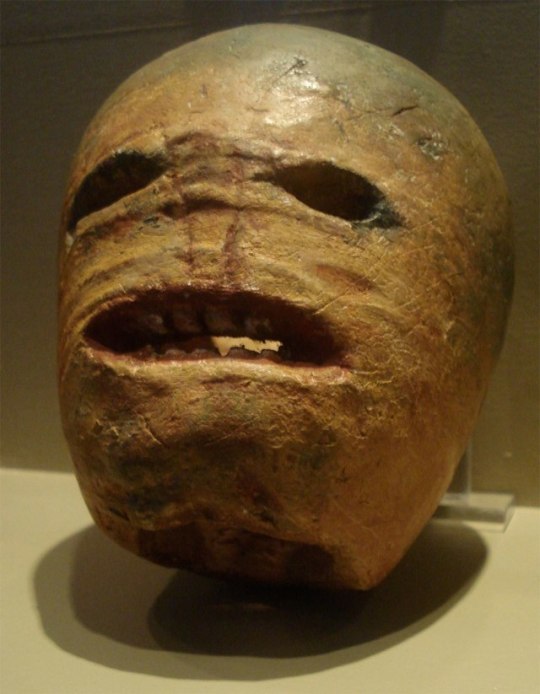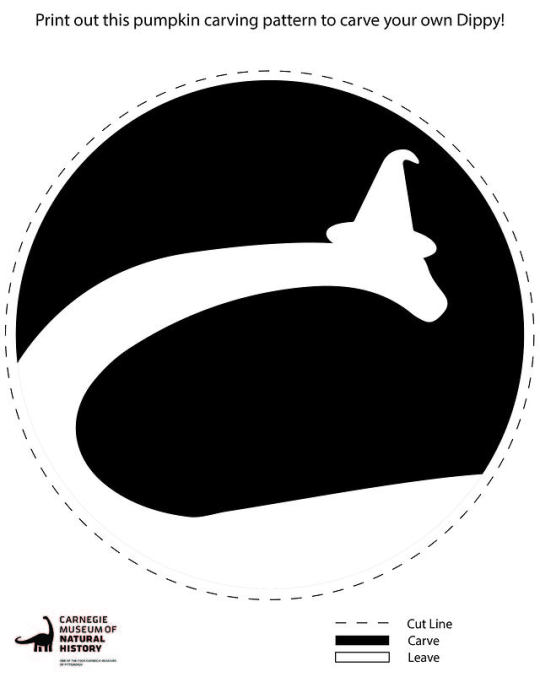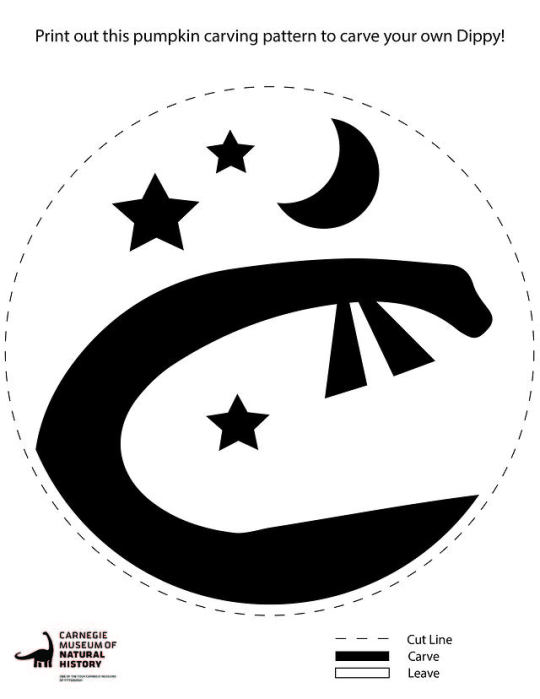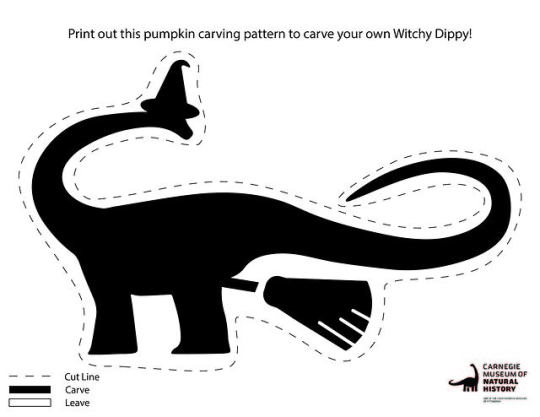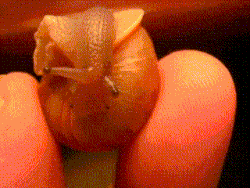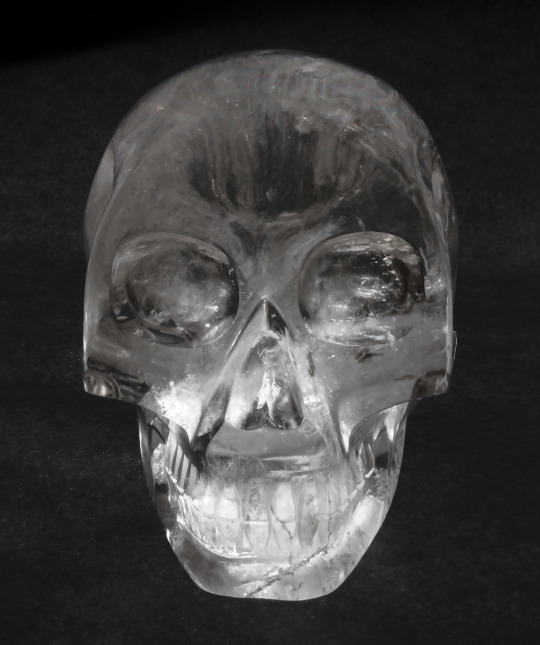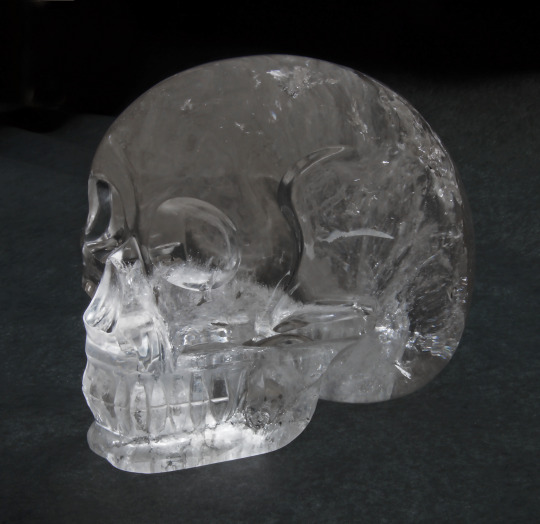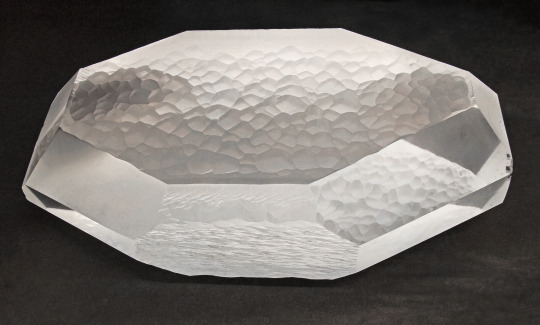Birds, being the happy creatures they are, don’t seem to me to connect with Halloween. Sure, death scenes in old movies, or exaggerated depictions of nighttime itself, are often populated with vultures, owls and corvids (crows and ravens), but Halloween itself, not so much. About the only “scary” term I can think of relating to birds is the group popularly referred to as “GOATSUCKERS.”
Early stories about goatsuckers can be credited to Aristotle and Pliny over 2000 years ago. Rumors about a group of birds now classified Caprimulgids, indicated they would suck the milk out of goats, and afterwards the goats would go blind. Of course, the stories are false, but the persistence the common group name might very well continue to frighten young children.
The 70 species of Caprimulgids remain saddled with a Family name, and in some cases a Genus name, that translates from Latin, “capra” for nanny goat, and “mulgēre” to milk, as “milker of goats,” or considering how a bird might attempt such a feat, “goatsucker.”
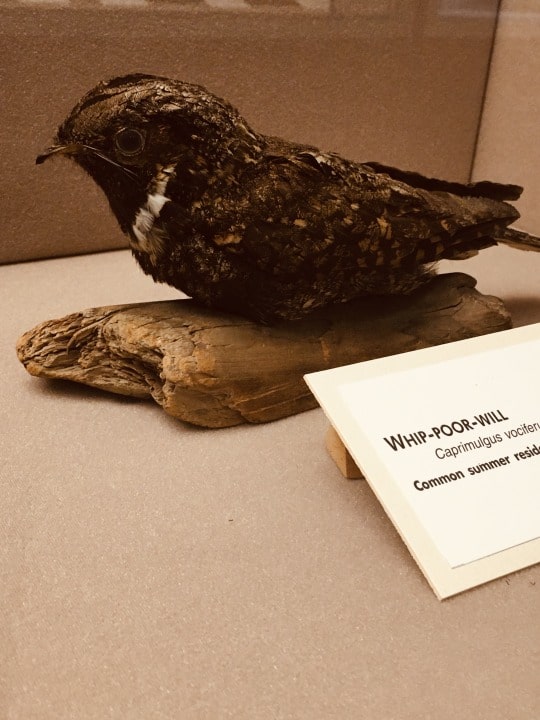
The family Caprimulgidae is a nocturnal group of birds referred to as nightjars or nighthawks that live worldwide except in New Zealand and on some islands in Oceania. In Pennsylvania the only birds of this group seen routinely are the Common Nighthawk and the Whip-poor-will, and both species are declining in numbers. Both are insectivorous birds with what appears to be small mouths that can actually open extremely wide to swallow insects in flight. The sounds of Whip-poor-wills can be haunting to those unfamiliar with them. For an image of the bird and a recording of their distinctive sound click this YouTube link.
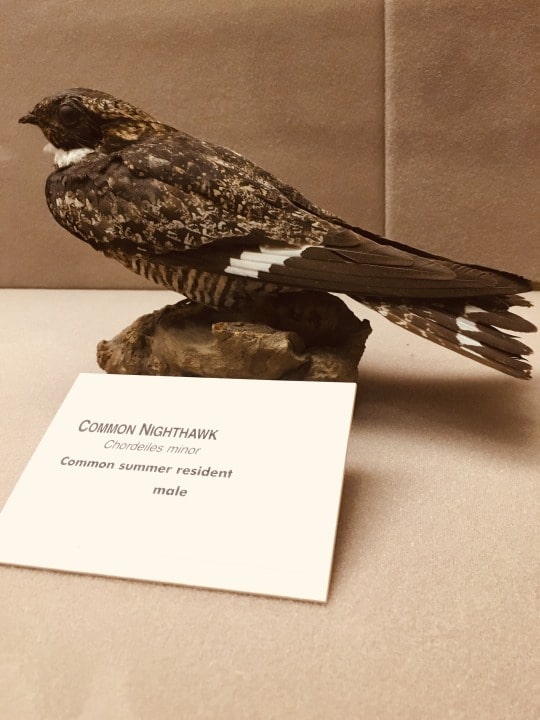
The CMNH Section of Birds collection, with nearly 207,000 records, includes only three “goatsuckers” collected on Halloween. Two are Pauraques (Nyctidromus albicollis yucatanensis) from Veracruz, Mexico collected in 1963, and a single Common Nighthawk (Chordeiles minor minor) found dead by former Amphibian and Reptiles Curator Jack McCoy in Schenley Park on Halloween night 1989. Migration should have happened long before that date – in fact this fall Pittsburgh’s estimated peak occurred September 14, when an estimated flight of 50,000 birds of various species passed overhead overnight.
Stephen Rogers is Collection Manager in the Section of Birds at Carnegie Museum of Natural History. Museum employees are encouraged to blog about their unique experiences and knowledge gained from working at the museum.
Related Content
Collected on This Day in 1967: Fall Blooms Rival Those of Spring
Ask a Scientist: How do you tell the difference between a raven and a crow?
